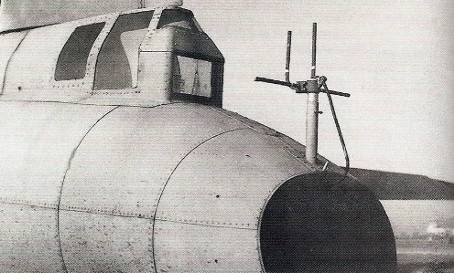Below are the current system (device) requirements for World of Tanks Blitz. Basically the question of which device is going to support Blitz and which isn't boils down to GPU.
So, for iOS:
Right now the game runs on tablets starting with iPad 2 (including mini) and smartphones starting with iPhone 4S. At least medium settings will be supported.
iPad 1 and iPhone 4 are not supported at this stage. We are working on it and will try to make the game work on those at least on minimum settings.
As for Android:
All GPUs that have better performance than those given above will run the game on medium or high settings. If a particular GPU will have issues running the game, we will try to fix it asap. Other GPUs which are not on the list will be supported gradually as their popularity grows.
GPU PowerVP SGX540 which is inside the popular Galaxy Tab 2 tablet is not supported at the moment, however we are working on this - there is a chance it will eventually run the game on low settings.
As for Graphics quality, for the time being we are using only medium settings which basically incorporate all our ideas constituting to "good visuals". Maximum settings are capped by our fantasies, like the one of adding normal map for tanks. It's not clear for now which devices are going to support this.
All the screenshots, you may have seen for far (here or here, represent not yet final medium settings.
PS: as for closed beta admission, iOS devices are likely to start first.
So, for iOS:
Right now the game runs on tablets starting with iPad 2 (including mini) and smartphones starting with iPhone 4S. At least medium settings will be supported.
iPad 1 and iPhone 4 are not supported at this stage. We are working on it and will try to make the game work on those at least on minimum settings.
As for Android:
- Tegra 3 - medium-low settings (optimization required and imporvement is possible)
- Mali-400MP - medium-low settings (optimization required and imporvement is possible)
- Adreno 225 - medium-low settings (optimization required and imporvement is possible)
- PowerVP SGX544MP2 - medium+ settings
All GPUs that have better performance than those given above will run the game on medium or high settings. If a particular GPU will have issues running the game, we will try to fix it asap. Other GPUs which are not on the list will be supported gradually as their popularity grows.
GPU PowerVP SGX540 which is inside the popular Galaxy Tab 2 tablet is not supported at the moment, however we are working on this - there is a chance it will eventually run the game on low settings.
As for Graphics quality, for the time being we are using only medium settings which basically incorporate all our ideas constituting to "good visuals". Maximum settings are capped by our fantasies, like the one of adding normal map for tanks. It's not clear for now which devices are going to support this.
All the screenshots, you may have seen for far (here or here, represent not yet final medium settings.
PS: as for closed beta admission, iOS devices are likely to start first.





